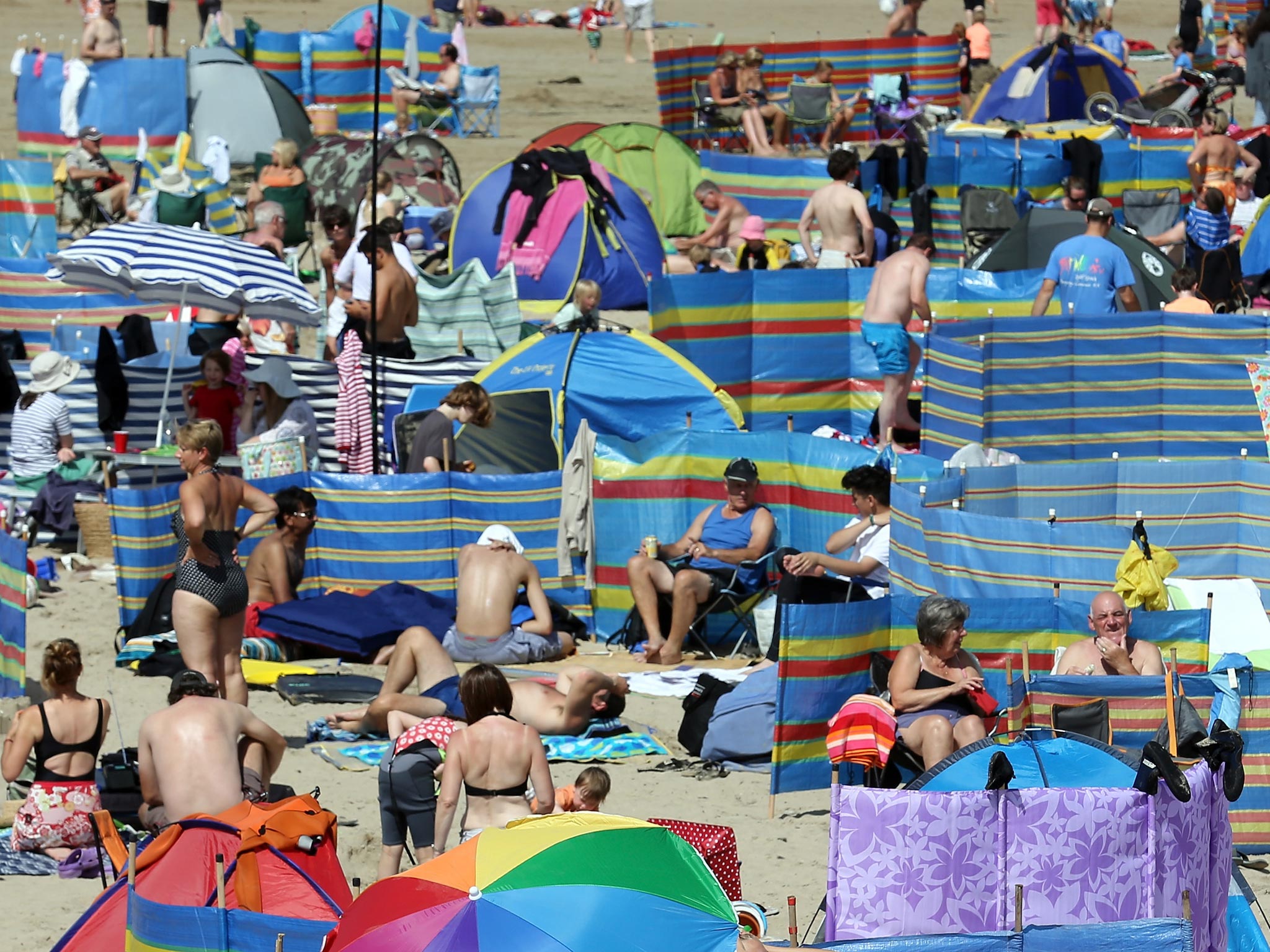Skin cancer referrals up 41 per cent in 5 years
Rise ascribed to change in GP techniques

The number of people in England admitted to hospital for skin cancer has risen by 41 per cent in the past five years, but much of the increase is due to a change in GP practice, scientists said.
A study by researchers at Public Health England found the number of hospital admissions for the treatment of skin cancer rose from 87,685 in 2007 to 123,808 in 2011, partly a result of new guidance issued to family doctors on treatment.
There was a 30 per cent increase in the hospital admissions for melanoma, the most serious type of skin cancer, and a 43 per cent increase in admissions for non-melanoma skin cancer, which is rarely fatal when treated effectively.
However, although there has been an underlying increase in the incidence of skin cancers over the past few decades due to increasing sun exposure, there has also been a change GP practice that has seen more patients referred to hospitals rather than being treated in a doctor’s surgery, said Julia Verne of Public Health England.
“The increase in hospital admissions for skin cancer is due to a number of factors. Skin cancers in general are increasing as a result of an ageing population, but also there was a change in the Nice guidelines to GPs which has caused an increase in hospital referrals,” Dr Verne said.
Skin cancers are the most common form of cancer in England, with numbers of skin cancers equal to all other types of cancers combined, she said. The new figures on hospital admissions will be released this week at the World Congress on Cancers of the Skin in Edinburgh.
“There is an underlying increase in skin cancer due to an increase in sun exposure and an ageing population, particularly in men over the age of 60 which has seen an increase of 12 per cent a year for the past 21 years,” Dr Verne said.
“The number of procedures required to meet the demands are increasing at a significant rate. Surgery was required for 78 per cent of non-melanoma skin cancers and 71.5 per cent of melanomas. Over 16,000 skin grafts and flaps were required for the treatment of skin cancer in 2011 and the majority are on the head and neck,” she said.
Johnathon Major of the British Association of Dermatologists commented: “As holidays to sunny locations become cheaper and tanned skin remains a desirable fashion statement, we have seen an inevitable increase in skin cancer incidence rates and the associated health and financial burden they place on the nation. Skin cancers are largely preventable and more must be done to communicate to the public the serious risks associated with unmediated sun exposure if we are to see a decline in these figures.”
Subscribe to Independent Premium to bookmark this article
Want to bookmark your favourite articles and stories to read or reference later? Start your Independent Premium subscription today.

Join our commenting forum
Join thought-provoking conversations, follow other Independent readers and see their replies